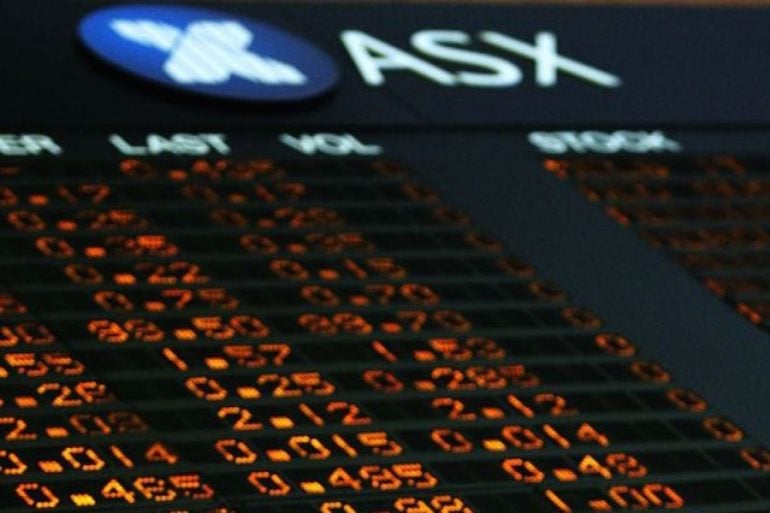Ignore the sceptics and naysayers. The ASX’s attempt to replace its ageing Clearing House Electronic Sub-Register System – better known as CHESS – was the right move, despite ending up where it did.
ASX spent vast sums of money attempting to replace CHESS with a complex mix of technologies, including a version of blockchain called distributed ledger technology (DLT).
The use of a distributed ledger in this financial infrastructure would have been one of the biggest non-governmental blockchain-based projects globally. And admittedly, it wasn’t successful.
But the reason it failed has nothing to do with blockchain.
Part of the problem is that the technology is not widely understood, and to make matters worse, it is regularly and repeatedly conflated with “crypto” in the media. So much so that most people don’t know or indeed care about the difference.
Let’s get the record straight – blockchain is not cryptocurrency. It enables the existence of cryptocurrency but has the potential to be applied far beyond bitcoin.
Equally referenced is FTX, which is not a blockchain. It’s an exchange that collapsed in November after a wave of withdrawals, failed corporate oversight and the misuse of customer funds.
The CHESS replacement program was not successful because it was a pioneering project that tried to achieve too much in one go with what was, at the time, a nascent technology.
As the public fallout continues, it’s important to recognise that a lot of the good work around upgrading the message protocols in the Australian equities market is very valuable and will benefit the equities ecosystem.
It is integral that we don’t throw the blockchain baby out with the bathwater. Not all blockchain platforms are made equal, and we should look across all industries before rubbishing and commenting on this architecture.
It’s how we at Lygon overhauled an outdated 200-year-old paper-based system with many problems to improve the managing, storing, and updating of physical bank guarantees.
Of course, Lygon isn’t alone in using distributed ledgers to create efficiencies and benefits that have never before been possible. It is widely recognised as the gold standard for secure multiparty transactions, managing titles, data transfer, and contract management and audit.
From executing energy supply transitions and documenting emission allowances to protecting the intellectual property rights of music records and keeping individual health data safe – it’s no longer viewed as a solution looking for a problem.
Companies are proactively investing in the evolution of the distributed ledger landscape to adapt faster to changing market conditions and consumer needs.
In October, Samsung announced the launch of a security solution that uses the technology to protect Galaxy devices, TVs, and domestic appliances, while Walmart, Carrefour, Unilever and Adidas are already using blockchain-based technology to track their supply chains.
These examples show how distributed ledgers are being used in many industries and locations worldwide to securely share data throughout the network.
A lot of ground was broken by ASX that will ultimately provide key learnings that will benefit the whole market in the future.
I commend the ambition of this project, and I hope it serves as an opportunity for further discussion and a greater understanding of DLT rather than a deterrent to innovation.




















Trending
Daily startup news and insights, delivered to your inbox.